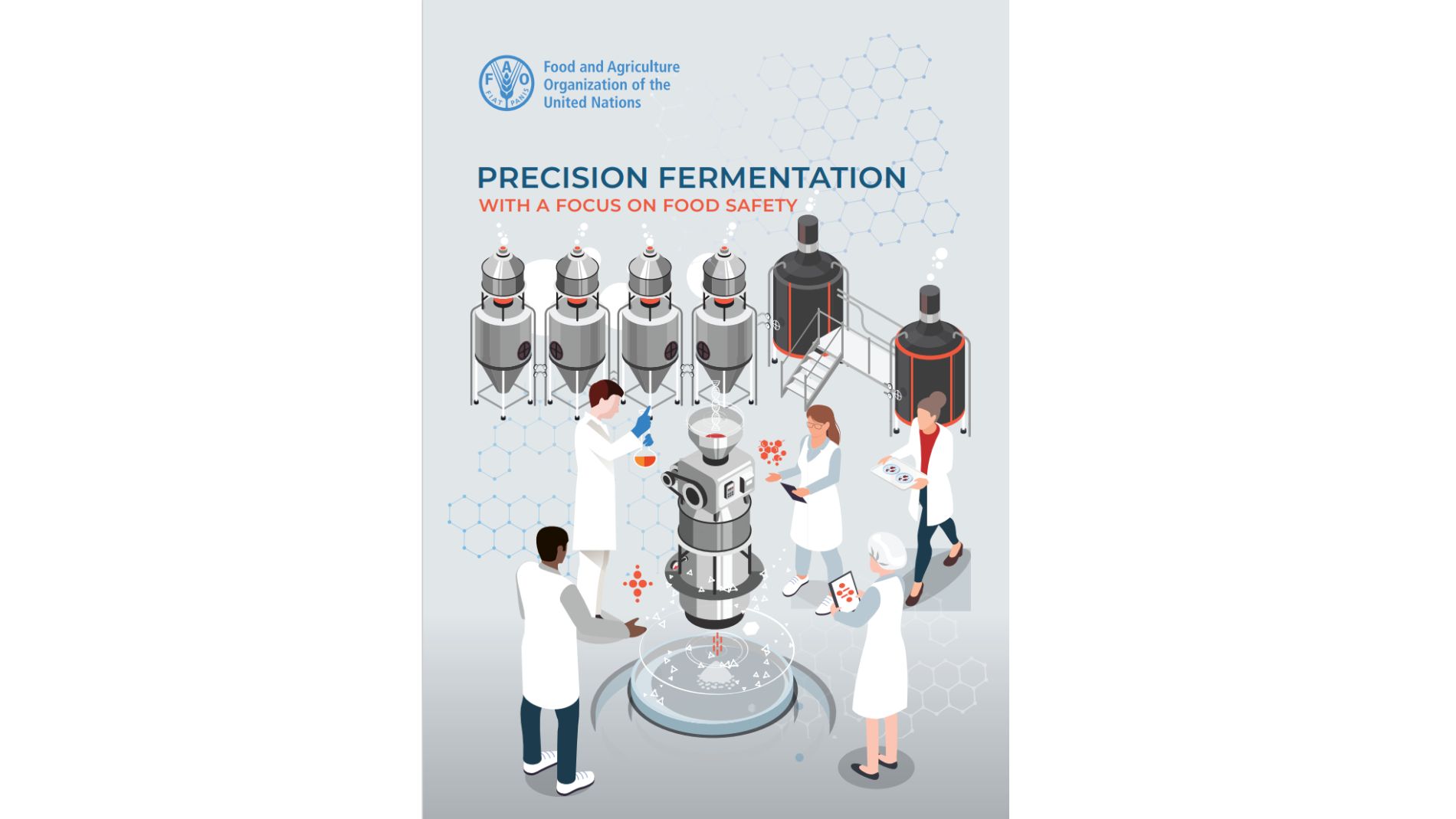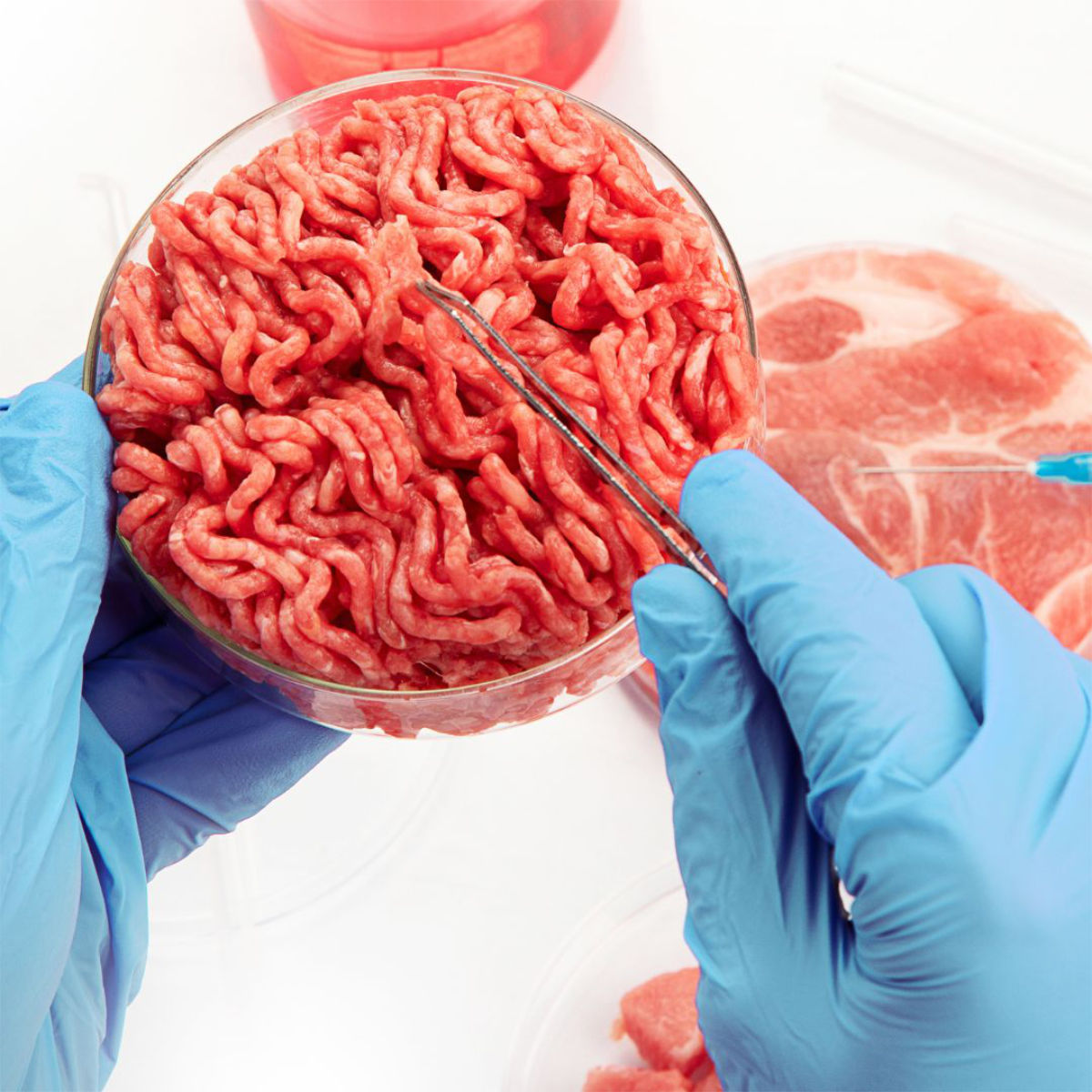
The evaluation is based on scientific literature and a survey of 100 experts from 35 countries. In addition to global regulatory practices, the report describes typical production steps and identifies potential risks along the value chain. As a building block for sustainable food systems, precision fermentation has the potential to produce functional ingredients such as proteins, enzymes and vitamins in a resource-efficient manner. Precision technology is considered a key technology, particularly in view of challenges such as climate adaptation, scarce arable land and the decarbonisation of animal protein sources.
Safety assessment based on established procedures
The central finding of the FAO report is that precision fermentation does not pose any new safety risks. Most potential hazards – such as microbiological residues, potential allergens or chemical residues – are already covered by existing procedures such as HACCP, GMP and Codex Alimentarius. The processes vary depending on the target molecule, but they are easily identifiable within the framework of standard risk analyses. Nevertheless, a case-by-case assessment is recommended for authorities, especially when novel molecules or genetically modified microorganisms are used in the manufacturing process. From the selection of microbial strains to the purification of the end product, the report provides a structured breakdown of the production phases and identifies risk-relevant aspects.
Clarity through precise terminology and international coordination
For regulatory consistency, there is currently no uniform definition of the term ‘precision fermentation’. The FAO recommends reviewing national terminology and introducing definitions that are as consistent as possible to avoid misunderstandings, for example in consumer communication or labelling. The report also calls for greater international coordination. Different testing approaches and labelling rules can hinder market access and slow down innovation. Institutions such as the Codex Alimentarius could help to better exploit harmonisation potential and coordinate regulatory guidelines globally.
Don't reinvent regulation – but develop it in a targeted manner
The FAO's analysis confirms that the technological basis for precision fermentation is established and that the mechanisms for safety assessment are largely in place. The challenges lie less in the ‘if’ than in the ‘how’ of concrete implementation: clearer terminology, coordinated procedures and transparent communication are needed to combine safety, innovation promotion and consumer acceptance. Regulatory authorities now have a responsibility to create the necessary framework conditions at an appropriate pace – without losing sight of safety or scientific rigour.
Click here for the FAO report on Precision Fermentation







